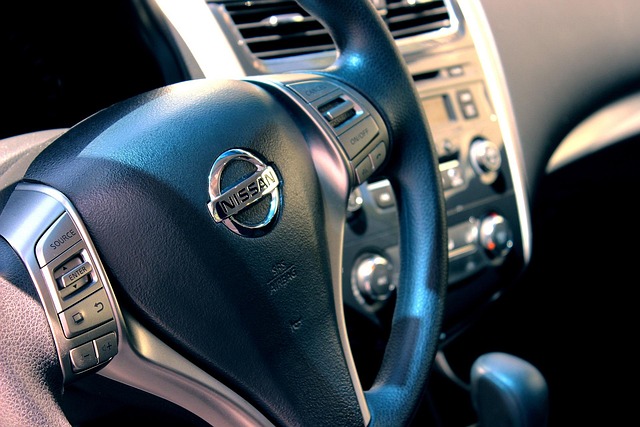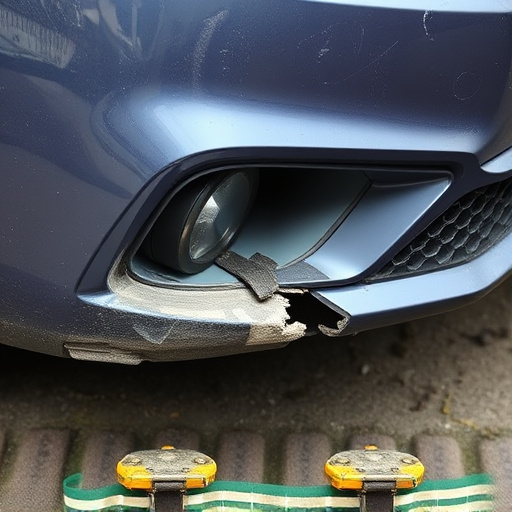Mercedes' tire pressure monitor (TPMS) enhances safety and performance by continuously monitoring tire pressure. After a reset, potential challenges include inaccurate readings from air leaks or temporary pressure fluctuations, delays in recalibration, and connectivity issues. If the monitor displays a low-pressure alert, check each tire's pressure using a gauge, inspect for body damage, and consider professional troubleshooting if recent collisions or unusual noises are present.
After resetting your Mercedes tire pressure monitor, issues may arise. This guide tackles common problems like incorrect readings, sensor malfunctions, or system failures. Understanding the Mercedes tire pressure monitoring system is key to effective troubleshooting. We’ll walk you through simple steps to diagnose and resolve issues post-reset, ensuring optimal tire health for your Mercedes. Learn how to interpret sensor data, identify system glitches, and implement practical solutions for a smooth ride.
- Understanding Mercedes Tire Pressure Monitor Systems
- Common Issues After Resetting the Tire Pressure Monitor
- Troubleshooting Steps and Solutions
Understanding Mercedes Tire Pressure Monitor Systems
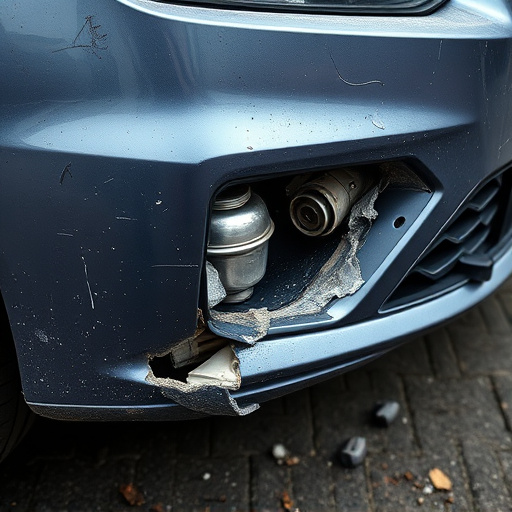
Mercedes tire pressure monitoring systems are designed to ensure optimal vehicle safety and performance by maintaining adequate tire pressure. These advanced systems use sensors within each tire to continuously monitor pressure levels, sending data back to a central control unit in the vehicle. If any tire pressure deviates from the set parameters, an alert is triggered, indicating to drivers that they need to take action. This real-time monitoring is particularly important for preventing issues like underinflation, which can lead to reduced fuel efficiency, compromised handling, and even accidents, especially at high speeds or in severe weather conditions.
After a reset, whether due to a Mercedes tire pressure monitor reset procedure or following a minor incident like a fender bender, it’s crucial to verify that the system is functioning correctly. Even though these systems are robust, they can be affected by various factors, including air temperature fluctuations and sudden changes in vehicle setup, such as frame straightening during automotive body work. Understanding how to interpret the monitor’s signals and taking proactive measures to maintain tire pressure within recommended ranges will help ensure safe driving conditions and extend the life of your tires.
Common Issues After Resetting the Tire Pressure Monitor
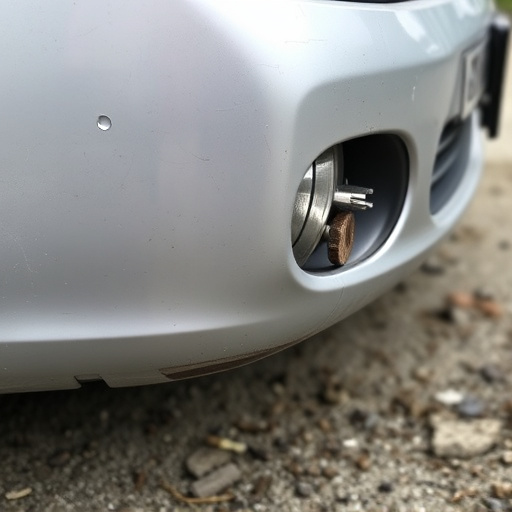
After resetting your Mercedes tire pressure monitor, several common issues may arise. One of the most frequent problems is an inaccurate reading from the system. This could be due to air leaks that went undetected during the reset process or temporary changes in tire pressure caused by external factors like temperature fluctuations. Another issue is a delay in the system recalibrating and providing reliable data, which can be frustrating for drivers who rely on the monitor for regular maintenance.
Additionally, some users may experience connectivity problems with the Mercedes tire pressure monitor after a reset. This might require checking the battery power of the sensor or ensuring that the monitoring system is properly integrated into the vehicle’s computer network. Fleet repair services and auto collision centers often encounter these issues, highlighting the need for professional intervention when troubleshooting post-reset problems to ensure safe and reliable operation.
Troubleshooting Steps and Solutions
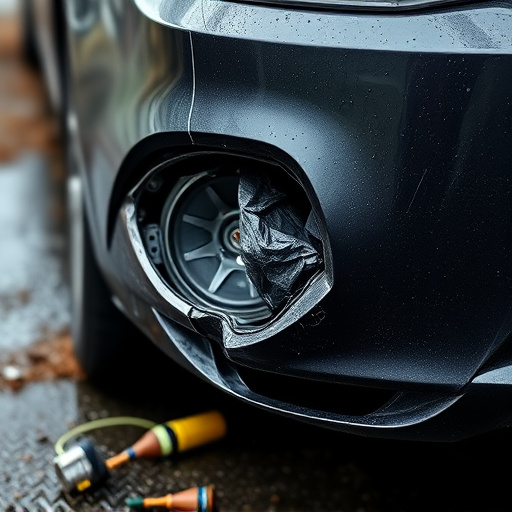
If your Mercedes tire pressure monitor has reset and is displaying a low-pressure alert, don’t panic. Here are some troubleshooting steps to help identify and resolve the issue. Start by checking each tire’s pressure using a reliable gauge; ensure they are all inflated to the manufacturer’s recommended PSI. If one or more tires need air, fill them accordingly while keeping an eye on the monitor. Sometimes, a simple re-inflation can reset the system.
Additionally, inspect your vehicle’s bodywork for any signs of damage, especially around the wheels and bumpers, as these could affect sensor placement and readings. If you’ve recently been involved in a collision or noticed any unusual noises, take your vehicle to a trusted collision repair shop. They have the expertise to diagnose issues with your tire pressure monitoring system, ensuring it’s accurately tracking your tire health and safety.
After resetting your Mercedes tire pressure monitor, if you encounter common issues like incorrect readings or system malfunction, don’t panic. The troubleshooting steps outlined in this article should help resolve most problems. Ensure regular maintenance and timely re-inflation of tires to keep the system accurate. Remember, a well-maintained Mercedes tire pressure monitor ensures safer driving and prolongs tire life, making it a vital component of your vehicle’s health.
